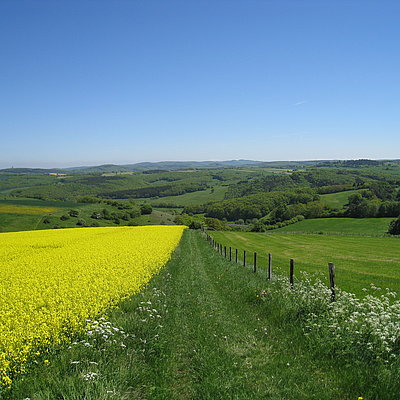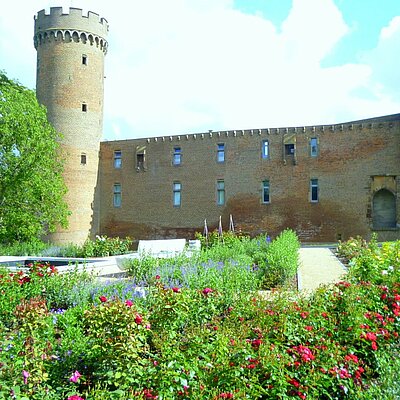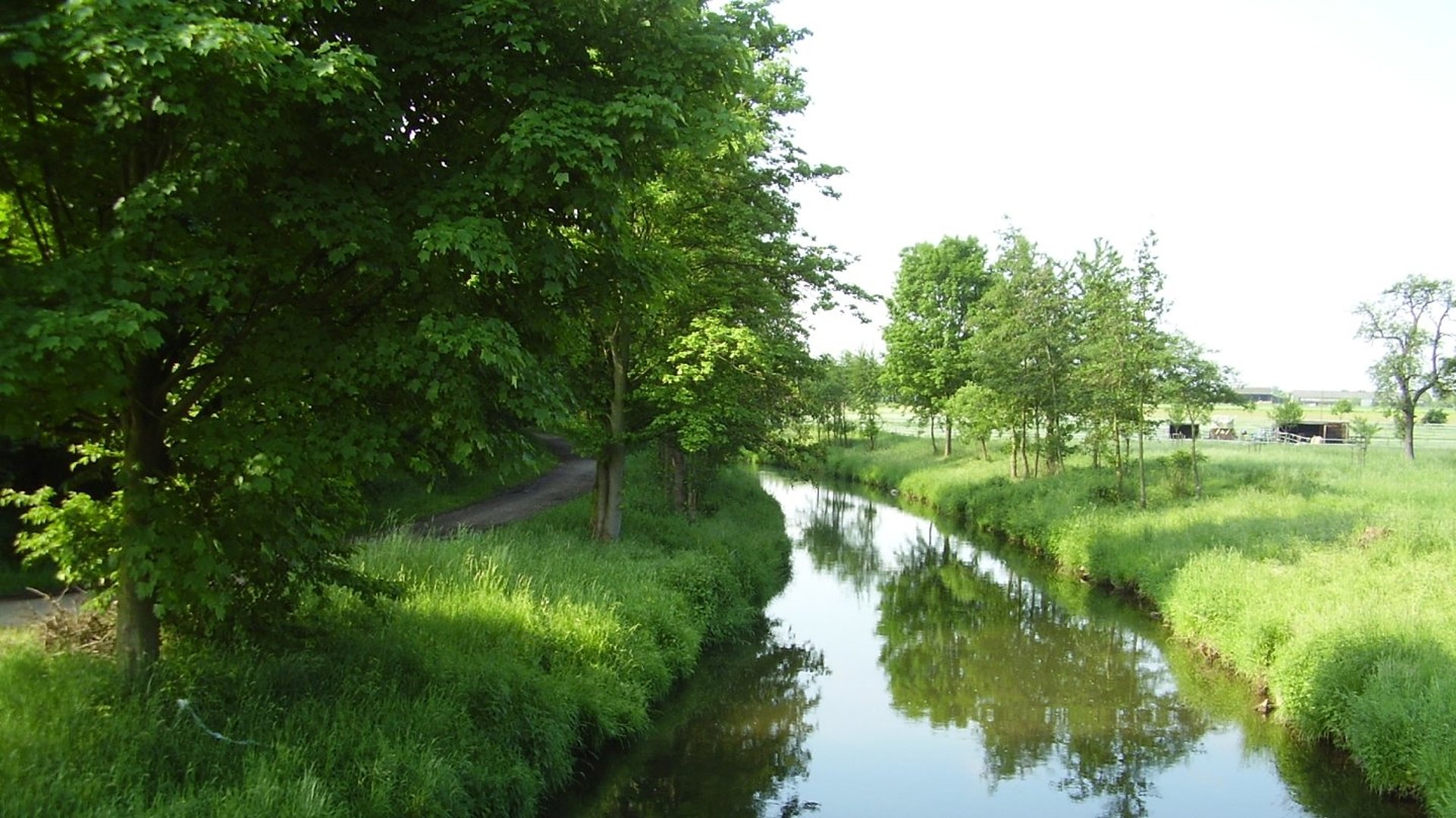Special features of the Nature Park
Besonderheiten des Naturparks

Formative landscapes are the “Ville”, the “Seen-Platte”, the foothills, the Rhine valley, the “Börde” landscape, the “Kottenforst” forests, the dragon rock country, and the Eifel climb.
The north-eastern area of the North Eifel between the Eifel in west and the Ville in the east is characterized by the Börde landscape. An almost flat landscape with especially fertile grounds. Large scale wheat and sugar beet fields dominate the landscapes. And the vast plains of the Jülich- Zülpicher-Börde dominate the landscapes surrounding Rheinbach and Euskirchen. The foothills of the Eifel with its vast open fields, fruit orchards, and embedded villages characterize the cultural landscape since Roman times. The numerous estates and moated castles of the Swistaue and the Börde emerged from former fortified farmsteads. These rural estates are privately owned today.

Hiking and cycling adventures

In recent years, the trail system has been revised by the Rhineland Nature Park in cooperation with the Eifel Association. The goal: Quality instead of quantity! Signposts have been installed along the hiking regions “Rheinbacher Wald” (Rheinbach forest), Ville, foothills, and “Drachenfelser Ländchen” (dragon rocks country), based on the model of quality- and premium hiking trails. More regions in the Nature Park will follow the same model. The guidance system consists of signposts, markings, hiking information boards, and well-marked Nature Park routes.
The most famous hiking trail to cross the Rheinland Nature Park is the Roman Canal Trail, it crosses through the Park on the stages through Euskirchen, Rheinbach, Bornheim, Brühl, and Hürth all the way to Cologne.
Cyclists can pass through the Rheinland Nature Park on the Erft Cycle Path or the Moated Castles Route.
